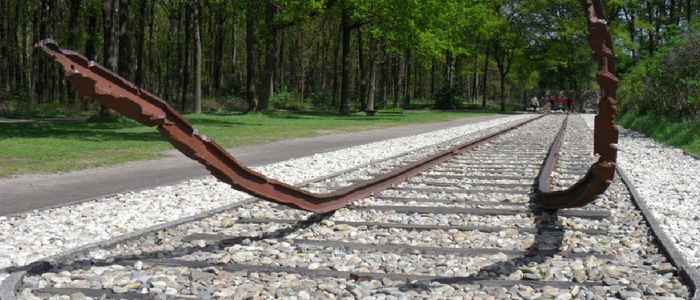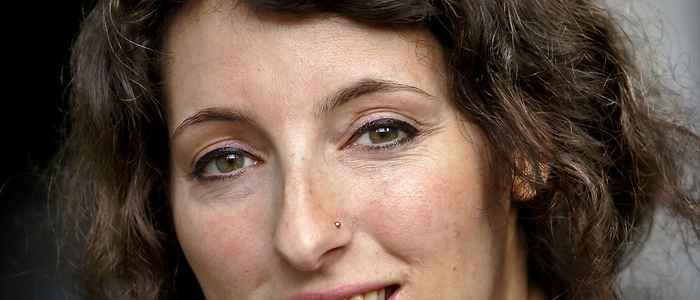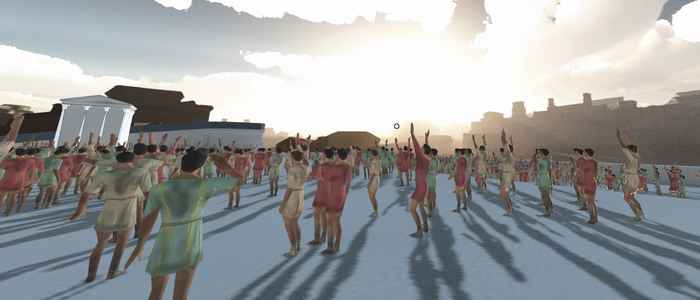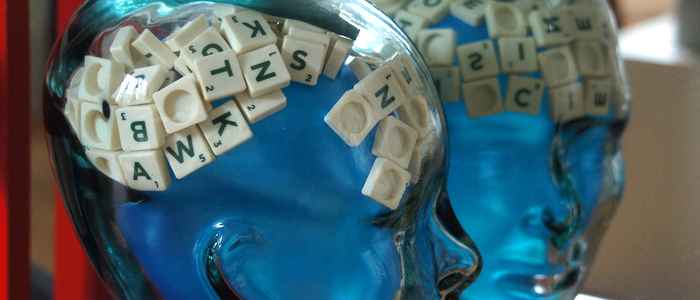The 4DRL is a place where scientists, 3D modellers and ICT specialists come together and collaborate on inventive solutions for important (contemporary) research questions. The 4DRL’s field of work extends, but is not limited, to the entire humanities with a focus on historical architecture, archaeology, heritage and landscape. The 4DRL has the expertise for collecting 3D data using various scanning techniques, whether or not in combination with drones, 3D modeling and the production of 3D output: from ‘immersive’ 3D visualisations, navigable online simulations and interactive annotated 3D models to x Reality apps. Creating a 3D model is a form of experimental research, a cognitive process and a way to communicate ideas and hypotheses. 3D models applied in the research process become 4D models: dynamic models to which an extra layer of information is added through annotations, alternative visualization techniques or spatial analyses. Furthermore, 4D refers to the temporal dimension: the transformations over time that objects undergo as a result of physical and cultural influences.

Beleef het verleden in VR
Heb je altijd al willen rondlopen door Troje, het oude Rome, of 17e-eeuws Amsterdam? Dankzij VR-onderwijs, ontwikkeld door het 4D Research Lab van de UvA, kunnen studenten deze en andere plekken vanachter hun ...











